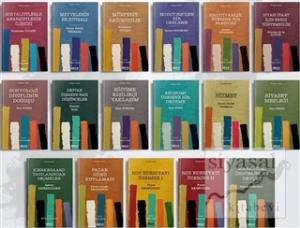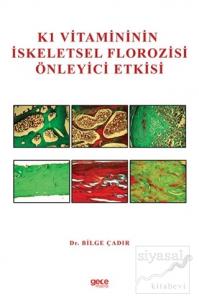
“...Cheiromancy, the art of foretelling the events of life by the lineaments of the hand, derived its name from the Greek word cheiros, the palm, and manteia, to foretell, whence it has been vulgarly called Palmistry—as it is named in a recent Act of Parliament to forbid its practice for gain or reward. In Coleman's Mythology of the Hindoos, p. 202, it is written: “On the Buddha's foot is the mark called the ‘chakravarti,' wheel or discus, which should have been on the palm of the hand, by which the sages at his birth divined that he would rise to considerable eminence.” He says (p. 19): “Various data have been assigned to the period of Buddha's existence. The most correct seems to be about 550 B.C., whence, as the sages practised cheiromancy at Buddha's birth, its existence must have been much earlier known among the Indians.” “In the year 1652,” writes Zadkiel, “the celebrated astrologer, Geo. Wharton, Esq., published a translation of ‘a matchless piece' as he terms it, on the subject, written in Latin by Dr. J. Rothman.” Since that period the art of cheiromancy has gradually fallen into disuse, chiefly from the extensive nonsense published by recent writers. One of the writers makes a shallow attempt to disprove the connection which exists between astrology and palmistry, while another says it is based on the principles of the Kabalah, the latter being nothing more than a mnemonical system of astrology...”
“...Cheiromancy, the art of foretelling the events of life by the lineaments of the hand, derived its name from the Greek word cheiros, the palm, and manteia, to foretell, whence it has been vulgarly called Palmistry—as it is named in a recent Act of Parliament to forbid its practice for gain or reward. In Coleman's Mythology of the Hindoos, p. 202, it is written: “On the Buddha's foot is the mark called the ‘chakravarti,' wheel or discus, which should have been on the palm of the hand, by which the sages at his birth divined that he would rise to considerable eminence.” He says (p. 19): “Various data have been assigned to the period of Buddha's existence. The most correct seems to be about 550 B.C., whence, as the sages practised cheiromancy at Buddha's birth, its existence must have been much earlier known among the Indians.” “In the year 1652,” writes Zadkiel, “the celebrated astrologer, Geo. Wharton, Esq., published a translation of ‘a matchless piece' as he terms it, on the subject, written in Latin by Dr. J. Rothman.” Since that period the art of cheiromancy has gradually fallen into disuse, chiefly from the extensive nonsense published by recent writers. One of the writers makes a shallow attempt to disprove the connection which exists between astrology and palmistry, while another says it is based on the principles of the Kabalah, the latter being nothing more than a mnemonical system of astrology...”




















